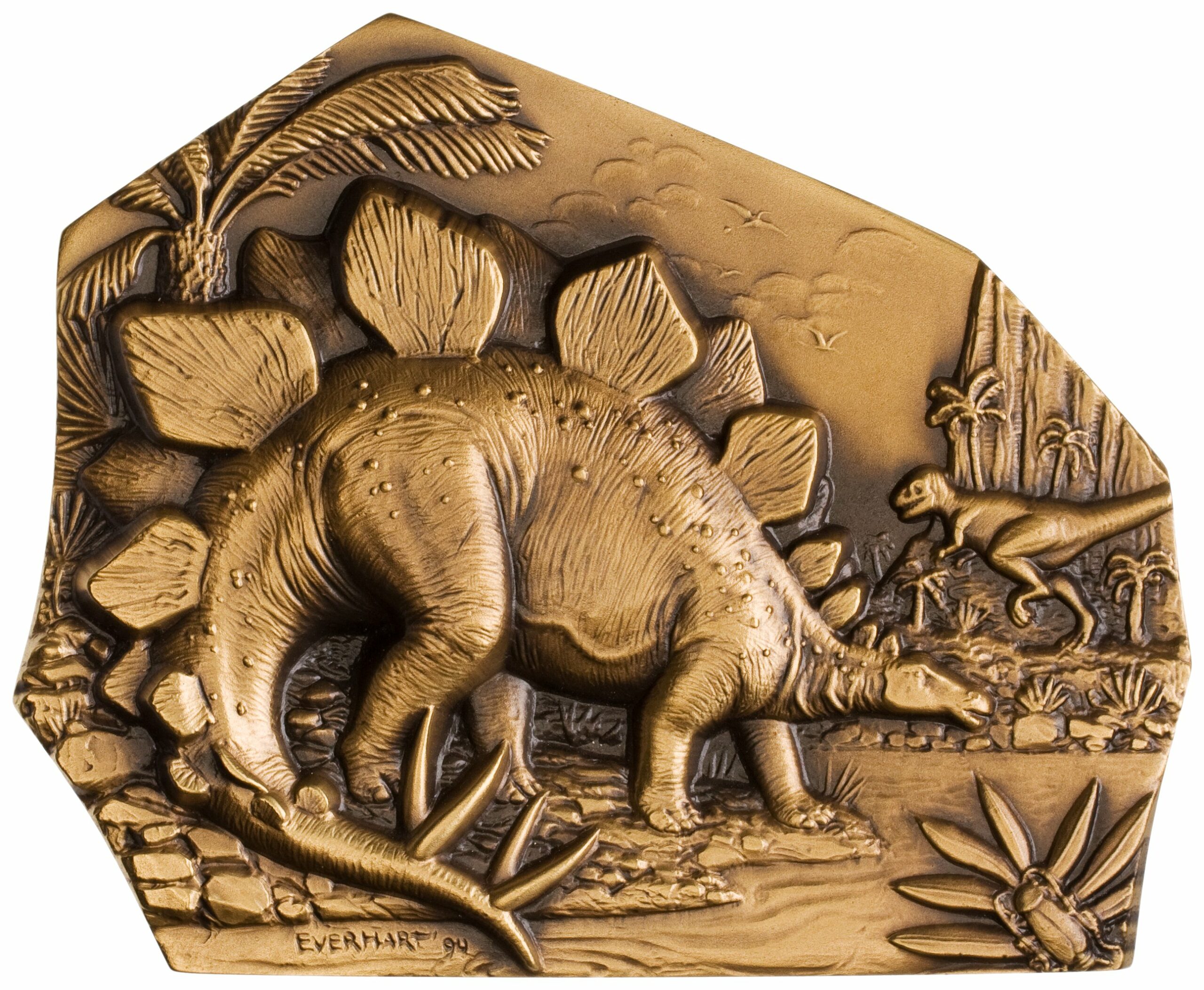The Coinage of Queen Berenice II
By Tara Sewell-Lasater
Queen Berenice II ruled in Egypt during the period of 246 to 221 BCE as the wife of Ptolemy III. She fit well into the Hellenistic period, which is known for familial infighting, extravagance, and outspoken female figures. From murdering her first husband, to participating in chariot races, eating her dinner with a pet lion, and finally being murdered by her own scheming son, she is an excellent example of all the drama the Hellenistic period could produce. She is perhaps most well-known from the poem by Callimachus, as retold by Catullus, which described the dedication of a lock of her hair at the temple of Arsinoe-Aphrodite and its subsequent catasterism. But, while these details of her life are dramatic and interesting, the most intriguing aspect of this queen is the coinage which was produced in her name.
Silver Dodekadrachm of Berenice II (Classical Numismatic Group VI.494)
The coinage of Berenice was minted in seven gold denominations and five silver. Some of them are exceptionally large; for instance, the silver dodecadrachms (also called pentekaidecadrachms) are some of the largest coins minted in a Hellenistic kingdom, second only to the 20-drachm pieces issued by King Amyntas of Bactria. These coins, and the other large and unusually weighted denominations of Berenice, do not seem to fit into the economic structure of the period. Egypt had a closed monetary system, and in 310 BCE Ptolemy I abandoned the Attic standard (with a silver drachm of 4.3 g) in favor of the Phoenician or Ptolemaic standard (with a silver drachm of 3.575 g). Thus, when Svoronos catalogued the Berenice coins in his 1904 work Ta Nomismata Tou Kratous Ton Ptolemaion and listed them as returning to the Attic standard, they quickly became a subject of contention for numismatists. This has caused historians and numismatist to question if the production of these coins had something to do with the Third Syrian War, or if, perhaps, they were minted outside of Egypt.
My project for the 2017 Eric P. Newman Graduate Seminar is a die study of the Berenice silver and gold coinage which attempts to answer some of these major questions.
For instance, one question about this coinage is which Berenice does it depict? As per Hellenistic tradition, the Ptolemies were fond of using the same royal names, and there were at least three royal Berenices at this time. This has led several historians, most notably Hazzard, to question if the queen on these coins was Berenice II or Ptolemy III’s sister, Berenice Syra. The die study and iconographic analysis conducted on the coinage has proven that the coins belong to Berenice II. There is a strong iconographic continuance between this coinage and that of her predecessor, Arsinoe II, that would have been useless to a Syrian queen. Additionally, these coins bear the inscription of ΒΕΡΕΝΙΚΗΣ ΒΑΣΙΛΙΣΣΗΣ (Berenike Basilissa); Basilissa was a title used by only a few Hellenistic queens, all of whom actively ruled, as Berenice II did while her husband was away during the Third Syrian War.
Gold Decadrachm of Berenice II (ANS 1967.152.562)
The biggest question of all is: on which standard were these coins minted? In the process of completing the die study for this coinage I gathered over 200 samples of the gold and silver coins of each denomination. The gold can be made to fit both the Attic and Ptolemaic standard through various formulas and the inclusion or exclusion of taxes. With the silver, however, lies the issue. My study will show that the silver denominations fit neither the Attic nor the Ptolemaic standard. The strange weight of the silver, then, calls the identification of the gold denominations into question, as the gold denominations were based on the silver. The study will also show that, although these coins did not fit either of the previously used standards, the coins were most likely minted in Alexandria for use within the closed system of Egypt. So, while my study answers some of the outstanding questions, such as who is depicted, where were these coins minted, and how many were minted, it also raises some new and important questions about the relation of this coinage to the weight standards of the period.

Tara Sewell-Lasater is a PhD student in the History Department at the University of Houston. Her work focuses on Hellenistic and Roman Egypt. She has previously worked on the role of women in Egypt during the Pharaonic period. Her dissertation will focus on the transmission of Greek and Roman traditions into Egypt and their subsequent envelopment into the Egyptian culture






